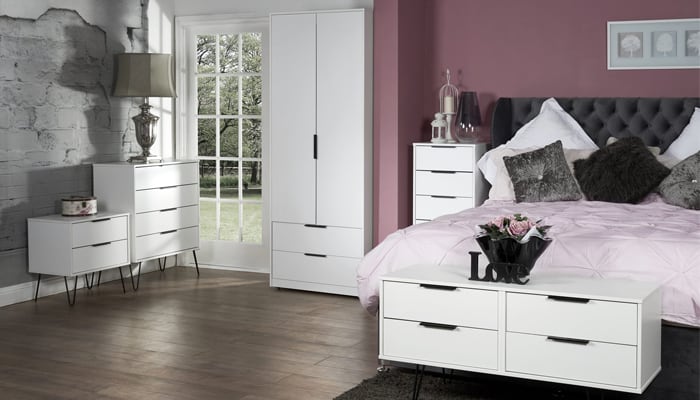The Covid-19 pandemic has led to a change in tenants’ requirements when it comes to renting HMO properties. Before the lockdowns, tenants preferred the privacy of their own room and didn’t attach too much importance to communal spaces.
Now, as people have become fed up with their own company, HMOs with larger communal areas are increasingly popular, as tenants crave interaction. Properties with larger shared areas are now rented out faster than those without, according to market research.

This is just one of the HMO trends emerging for 2020-21, as a result of the pandemic changing the way we all live, according to the annual Shared Living Survey by The HMO Platform.
Every landlord would probably agree their aim is to create a welcoming, safe place that tenants are happy to call home. This is because a happy tenant is a settled tenant, who isn’t in a rush to move on. It pays to take notice of survey results to understand the changing needs of people living in HMOs.
Why are more people looking for HMO rentals?
People are more inclined to look for HMO properties due to the surge in house prices for renting and buying. While the economy was largely stagnant after the first lockdown began in March 2020, the reverse has happened to the housing market.
The average price of a house in England and Wales was £352,239 in December 2020 – up from £293,819 in January 2020. This was largely due to the Chancellor announcing a Stamp Duty holiday in July 2020 to spur market growth, after a slump during the first lockdown.
The rise in house prices has been reflected in rent costs in popular locations. Both homeowners and tenants have been moving out of big cities during the pandemic, in a bid to live somewhere more scenic and tranquil.
This has led to an average fall in rent of about 10% in privately-rented flats in city centres. However, outside big cities, rent increases of between 15% and 20% have been recorded. It can work out cheaper to stay in an HMO, rather than being the sole tenant in a house or flat.
What other reasons are there?
Aside from financial changes, there have also been other significant trends in HMO rentals in 2020-21. More HMO tenants require en-suite, private bathrooms. Although this has been a gradual change happening over the past few years, it has been accelerated by the Covid-19 pandemic.
Private bathrooms are highly desirable today, with 58% of tenants saying they don’t want to share a bathroom. If your property doesn’t offer en-suites, your rental income could decline, as renters are seeking a better alternative.
In addition, outside space has become a priority. After more than a year of being almost a prisoner at home, renters desire outside space as much as homeowners. To stand out as a landlord, consider how much space you have outdoors and whether it is a pleasing area where tenants and their guests can relax.
One of the most popular property search terms during the pandemic was “garden”, reflecting the fact people had more time to spend outdoors in their garden while living under lockdown.
If your HMO outdoor area is big enough for a seating area, or dining area, all the better. The Shared Living Survey reveals 66% of tenants enjoy spending time with their housemates. When the garden has power and lighting, it’s even better.
In terms of communal space, traditionally HMO developers would divide up a property to provide a large private room for each tenant and a small amount of communal space. The general feeling was “the tenants never use it”. Clever landlords have quickly learned otherwise.
Now properties feature more internal communal space, so it’s time to rethink and redesign the interior to ensure it remains relevant and can command market-leading rent.
Larger rooms
HMO tenants are also looking for larger rooms. Housemates were effectively “locked in” for extended periods and needed more space throughout 2020 and much of 2021. A small room can feel claustrophobic. People were sleeping and working from their bedroom, which was bad for mental and physical wellbeing.
Larger rooms offer greater space for furniture such as desks for working, plus additional storage options. Rooms of at least 10.5 m2 have become the norm.
When providing a furnished property, improving each individual living space with high quality and useful furniture will attract more tenants.
Finally, as a landlord of HMOs, you need to provide a service that is second to none to attract and retain tenants. Providing the optimum experience ensures that your tenants will do your marketing for you, telling friends, family and colleagues what a great service they receive. This should include carrying out repairs right away, maintaining high standards, adhering to safety regulations, dealing with any issues and always going the extra mile.
The pandemic has left many people in need of having more connection and less isolation. As a landlord, you can help this to happen, creating a genuinely good relationship with all your tenants.
Let an expert such as Furniture Pack Solutions turn your HMO into a dream home for your tenants. Contact us today to find out more.
